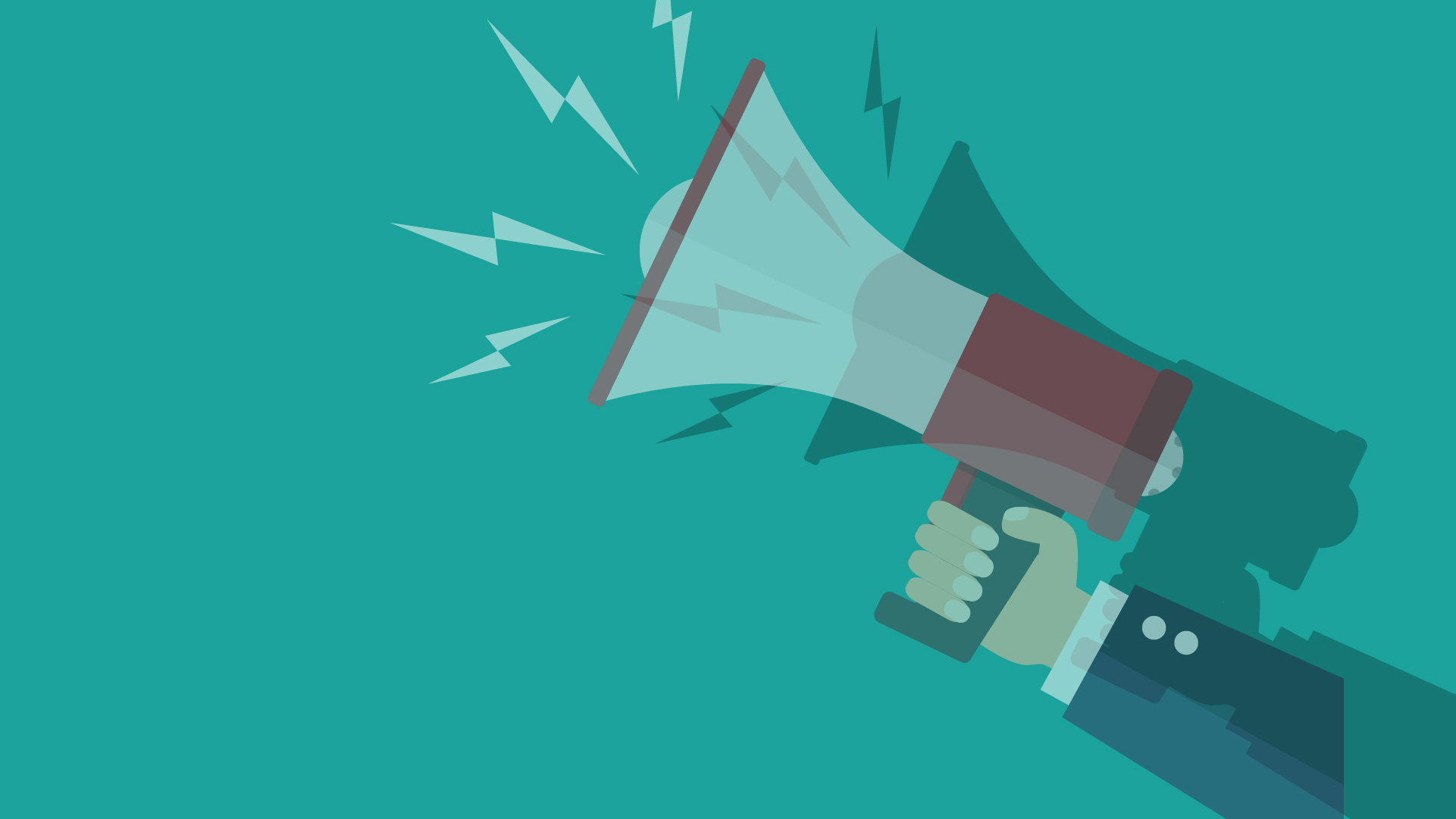The trajectory of marketing in the past century has been thrilling. Think of the evolution of media communication – broadcast media, the computer, the world wide web – and the opportunities it’s brought about. We marketers have used (and in many cases, abused) these vehicles in incredible ways.
In the early 1900s, marketing was a discipline focused on establishing strategies and tactics to benefit the buyer/seller relationship, and this is true today. But unsurprisingly, the marketing landscape looks a lot different. And that’s what makes our job so darned good – there are so many facets to the industry, so many intricacies and so many innovations. Not a week passes without a new social media innovation presenting itself.
Brand awareness is overlooked and underrated
The purpose of our social media marketing work differs for every client. But in a lot of cases, clients come to us for help with one of two things: direct response advertising or brand awareness. They’re both valued objectives but the latter, brand awareness, is often overlooked.
Brand awareness is as simple as it sounds; it’s about making the right people familiar with your brand in the most positive way possible. Of course, direct response advertising is crucial to your marketing strategy, but it’s important to look forward, look past the immediate-term promotion and build awareness of your brand and loyalty from your audience. And what better tool to use to do this than social media.
Brand awareness vs direct response
Last year, in an effort to understand how New Zealand brands are performing on social, we conducted a study of the social media activity of 19 well-known B2C brands. We measured performance by rate of engagement and found New Zealanders respond better to, read: engage with, branding content than selling content on the platforms we analysed: Instagram, Facebook, Youtube, Twitter and Google+. We found that self promotion, sales and corporate messages generally perform poorly, and that overwhelmingly, people engage with brands, not companies.
How do I increase brand awareness?
A good starting point would be to define or review the tone of your content. Consider your target audience and what it is about your brand that appeals to them. You might have state-of-the-art, expensive and original content, but if it doesn’t appeal to your audience, it’s worthless to both you and them.
Next, consider your tools. Late in September 2015, Facebook announced its new brand awareness optimization capabilities. By evaluating how much time people spend looking at different ads, Facebook can now tell which people are more likely to see and recall your ad, and optimize the campaign accordingly: “We’ve found that, when it comes to brand awareness, it’s not just how many people you reach that matters—it’s also crucial to break through and earn people’s attention,” the platform stated in an announcement last year.
In short…
Of course, there’s space in the social media realm for direct response advertising, and a lot of our clients have huge success in this area on social media. But we challenge you to revisit your brand awareness strategy, and don’t let it drift to the bottom of the pile. The loyalty of your audience is what will save your brand in the long run.


By leaving a comment you agree with the storage and handling of your data by this website. You can learn more about how we handle you comment information in our Privacy Policy. We are using Akismet to reduce comment spam. Learn how they process your comment data.